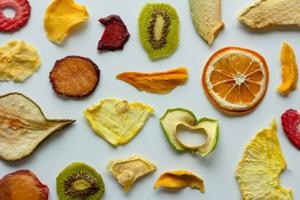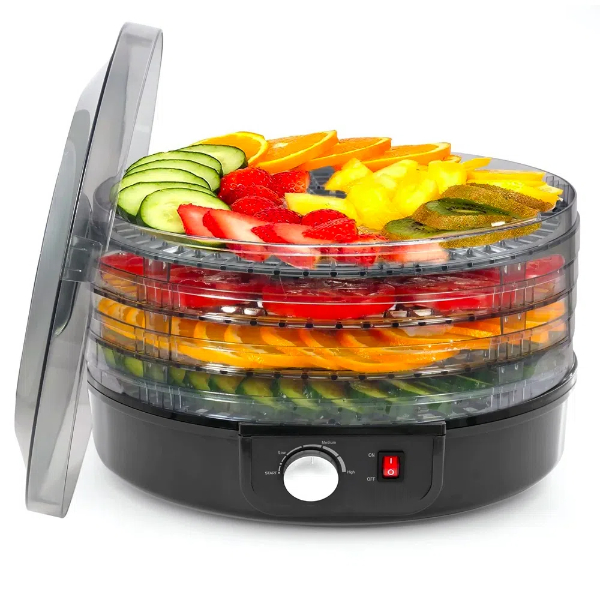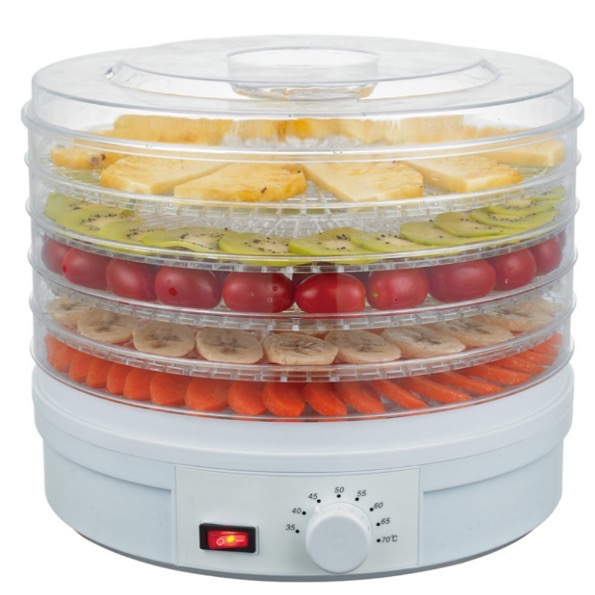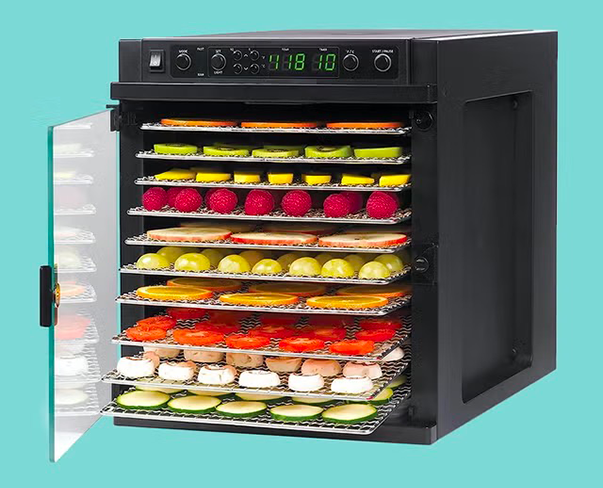
Content Menu
● Understanding Heat Pump Dryers
● Energy Efficiency of Heat Pump Dryers
● How Heat Pump Dryers Work
● Factors Affecting Power Usage
● Typical Power Consumption
● Benefits of Heat Pump Dryers
● Limitations and Considerations
● Cost Analysis of Heat Pump Dryers
>> Running Costs
● Performance Metrics
● Environmental Benefits
● Conclusion
● Frequently Asked Questions
>> 1. How much power does a typical heat pump dryer use?
>> 2. Are heat pump dryers more energy-efficient than traditional dryers?
>> 3. What factors affect the power consumption of a heat pump dryer?
>> 4. Do heat pump dryers require special installation?
>> 5. How often do I need to maintain my heat pump dryer?
Heat pump dryers are gaining popularity as energy-efficient alternatives to traditional dryers. This article will explore their power consumption, efficiency, and benefits, providing a comprehensive understanding of how much power these appliances use and what factors influence their energy consumption.

Understanding Heat Pump Dryers
Heat pump dryers operate on a closed-loop system that extracts moisture from clothes while recycling heat. Unlike conventional dryers that vent hot air outside, heat pump dryers pull in ambient air, heat it using a refrigerant system, and circulate it through the drum. This process not only dries clothes but also conserves energy by reusing the heat generated during drying.
Energy Efficiency of Heat Pump Dryers
One of the standout features of heat pump dryers is their energy efficiency. They can consume significantly less power than traditional dryers, often using between 1000 to 2500 watts per cycle. In comparison, conventional electric dryers typically use between 1800 to 5000 watts. This translates to energy savings of up to 50% or more, making heat pump dryers an eco-friendly choice for households.
How Heat Pump Dryers Work
Heat pump dryers utilize two closed-loop cycles: an air closed loop and a refrigerant closed loop. The air cycle continuously recirculates warm air through the drum, while the refrigerant cycle cools and removes moisture from the air. The hot, dry air enters the drum and absorbs moisture from the laundry. The warm, damp air that exits the drum passes through filters before entering the evaporator coil, where moisture is condensed and removed.
Factors Affecting Power Usage
Several factors influence the power consumption of heat pump dryers:
- Load Size: Larger loads require more energy to dry thoroughly. It's advisable to optimize laundry loads for efficient drying.
- Drying Program: Different drying programs affect energy use. For instance, delicate settings may consume less power than heavy-duty cycles.
- Moisture Levels: The initial moisture content of the clothes impacts energy consumption; wetter clothes will require more energy to dry.
- Model Efficiency: Different models have varying efficiencies based on design and technology.
Typical Power Consumption
On average, a heat pump dryer consumes about 1.5 kWh per load. For example, if you run your dryer three times a week at this rate, your monthly electricity usage for the dryer would be approximately:
3 loads/week * 1.5kWh/load * 4weeks = 18 kWh/month
In contrast, a traditional dryer might consume around 3 kWh per load, leading to higher electricity bills.
Benefits of Heat Pump Dryers
- Lower Energy Bills: The reduced power consumption directly translates to lower electricity bills.
- Gentler on Clothes: Heat pump dryers operate at lower temperatures, reducing wear and tear on fabrics.
- No Ventilation Required: These dryers do not need external venting, allowing for flexible installation options in various spaces.
- Environmental Impact: By using less energy, heat pump dryers contribute to lower carbon emissions compared to traditional models.

Limitations and Considerations
While heat pump dryers offer numerous advantages, there are some considerations:
- Initial Cost: The upfront cost of heat pump dryers is generally higher than that of conventional dryers. However, the long-term savings on energy bills can offset this initial investment.
- Longer Drying Times: These dryers typically take longer to dry clothes compared to traditional models due to their lower operating temperatures.
- Maintenance Needs: Regular maintenance is essential for optimal performance. This includes cleaning filters and ensuring proper drainage for moisture collection.
Cost Analysis of Heat Pump Dryers
When considering the cost-effectiveness of heat pump dryers versus traditional models, it is essential to look beyond just the purchase price.
Running Costs
According to recent studies:
- An average 8kg heat pump dryer uses about 2.18 kWh per standard cycle.
- This translates to approximately £81 per year based on average usage.
In contrast:
- A conventional vented dryer consumes about 5.85 kWh per use, costing around £175.50 annually.
This stark difference highlights the financial benefits of transitioning to a heat pump dryer over time.
| Type of Dryer | Cost Per Use | Annual Cost |
|-----------------------|---------------|-------------|
| Vented Tumble Dryer | £1.76 | £175.50 |
| Condenser Tumble Dryer| £1.68 | £168 |
| Heat Pump Tumble Dryer| £0.65 | £81 |
Performance Metrics
Modern heat pump dryers have advanced significantly in performance metrics as well:
- Drying Time: Typical drying times range between 37-70 minutes for an ENERGY STAR certified model.
- Temperature Control: Operating at lower temperatures (approximately 50°C), they are gentler on fabrics compared to conventional models that can reach up to 75°C.
This gentler approach not only preserves clothing longevity but also minimizes shrinkage and damage during drying cycles.
Environmental Benefits
Switching from conventional electric dryers to heat pump models has substantial environmental implications:
- If all new electric dryers sold in the U.S. were ENERGY STAR certified heat pump dryers, it could save upwards of $147 million annually in electricity costs while reducing greenhouse gas emissions equivalent to removing 152,000 vehicles from the road.
This significant reduction in energy consumption contributes positively towards combating climate change and promoting sustainability in household practices.
Conclusion
Heat pump dryers are an excellent investment for those looking to reduce their energy consumption and environmental impact. With their ability to significantly lower electricity usage while providing effective drying solutions, they represent a smart choice for modern households. Although they may require a higher initial investment and longer drying times, the benefits in terms of efficiency and fabric care make them worth considering.

Frequently Asked Questions
1. How much power does a typical heat pump dryer use?
A typical heat pump dryer uses between 1000 to 2500 watts per cycle, averaging around 1.5 kWh per load.
2. Are heat pump dryers more energy-efficient than traditional dryers?
Yes, heat pump dryers can be up to 50% more energy-efficient than traditional electric dryers.
3. What factors affect the power consumption of a heat pump dryer?
Factors include load size, selected drying program, moisture levels in clothes, and the specific model's efficiency.
4. Do heat pump dryers require special installation?
No, they do not require external venting, making them easier to install in various locations within your home.
5. How often do I need to maintain my heat pump dryer?
Regular maintenance includes cleaning filters and checking moisture drainage systems; this should be done periodically for optimal performance.












